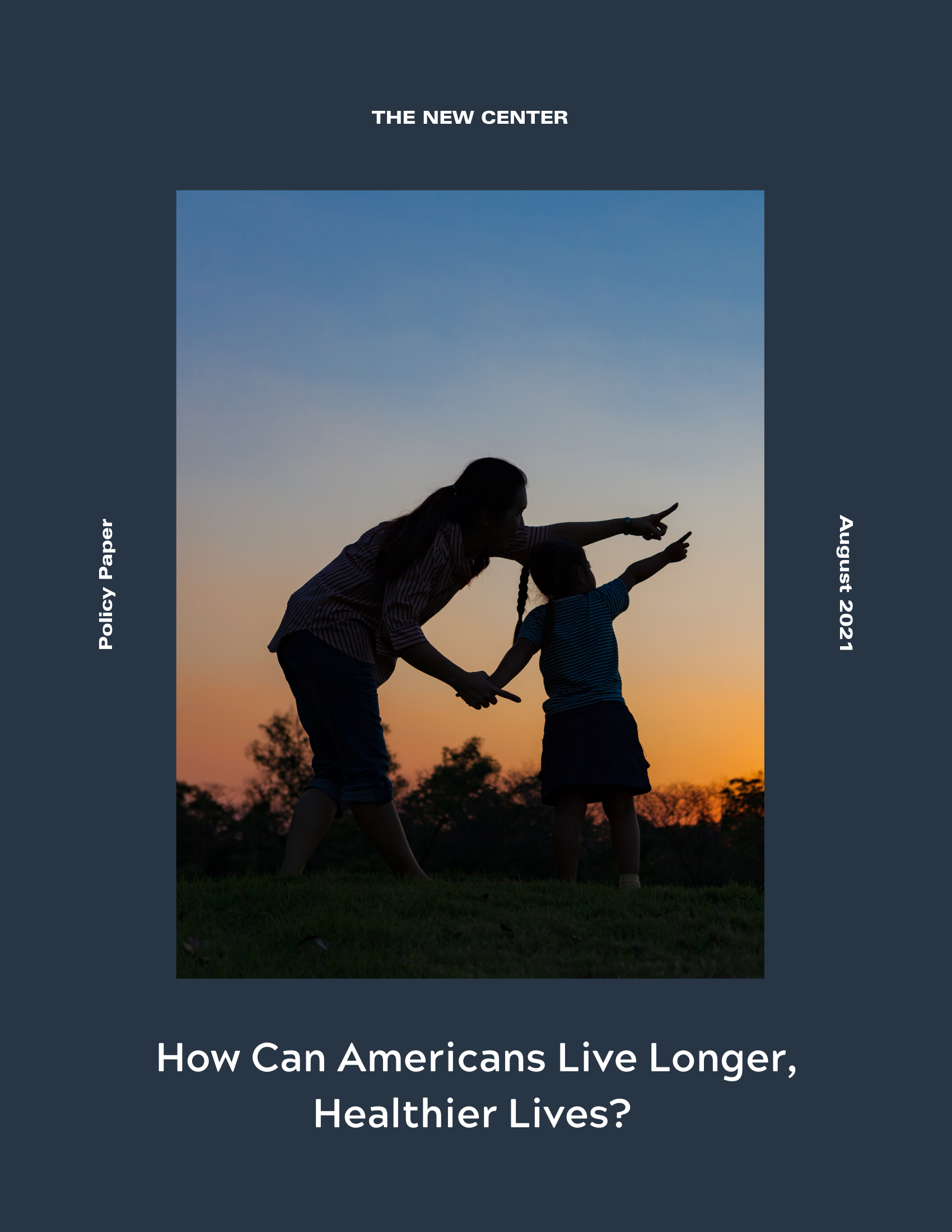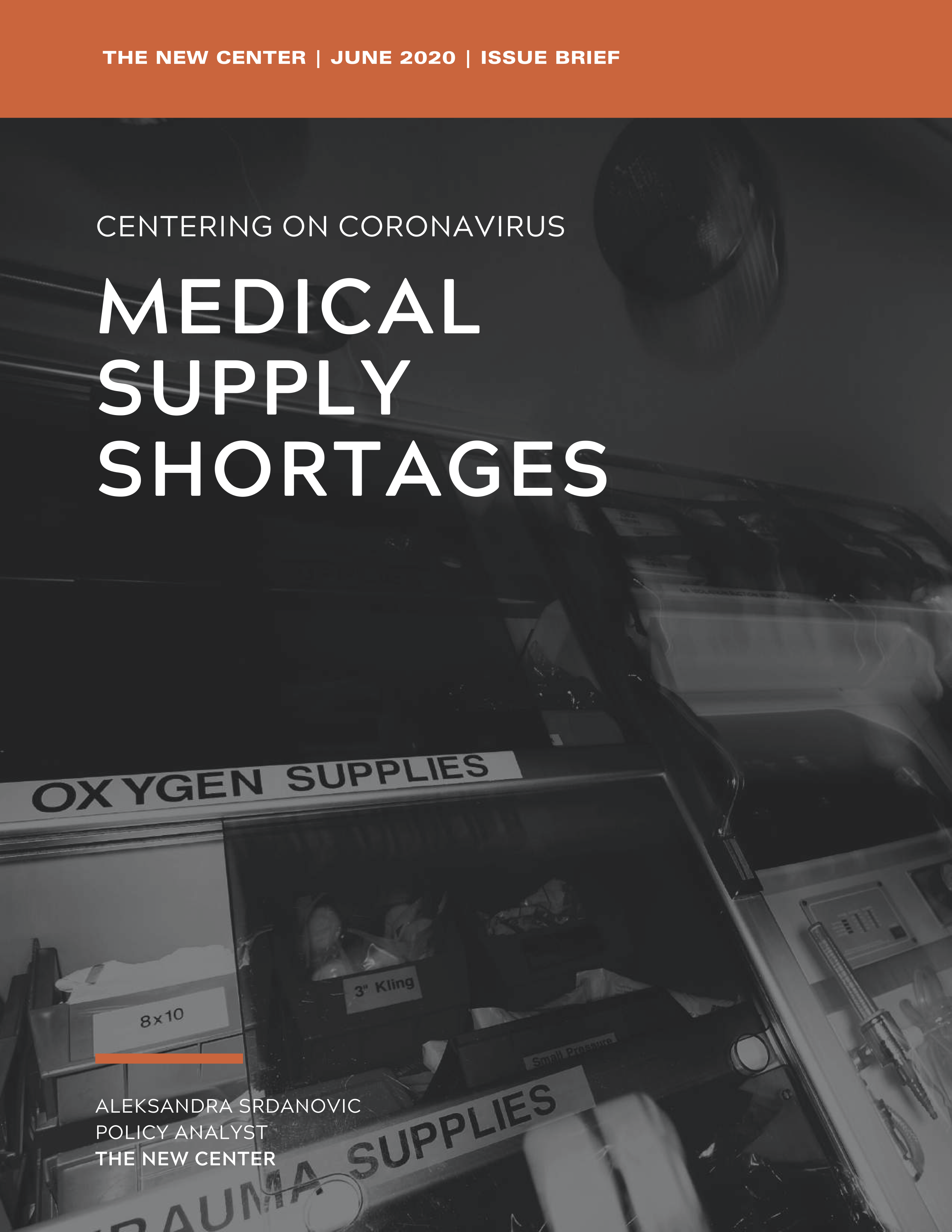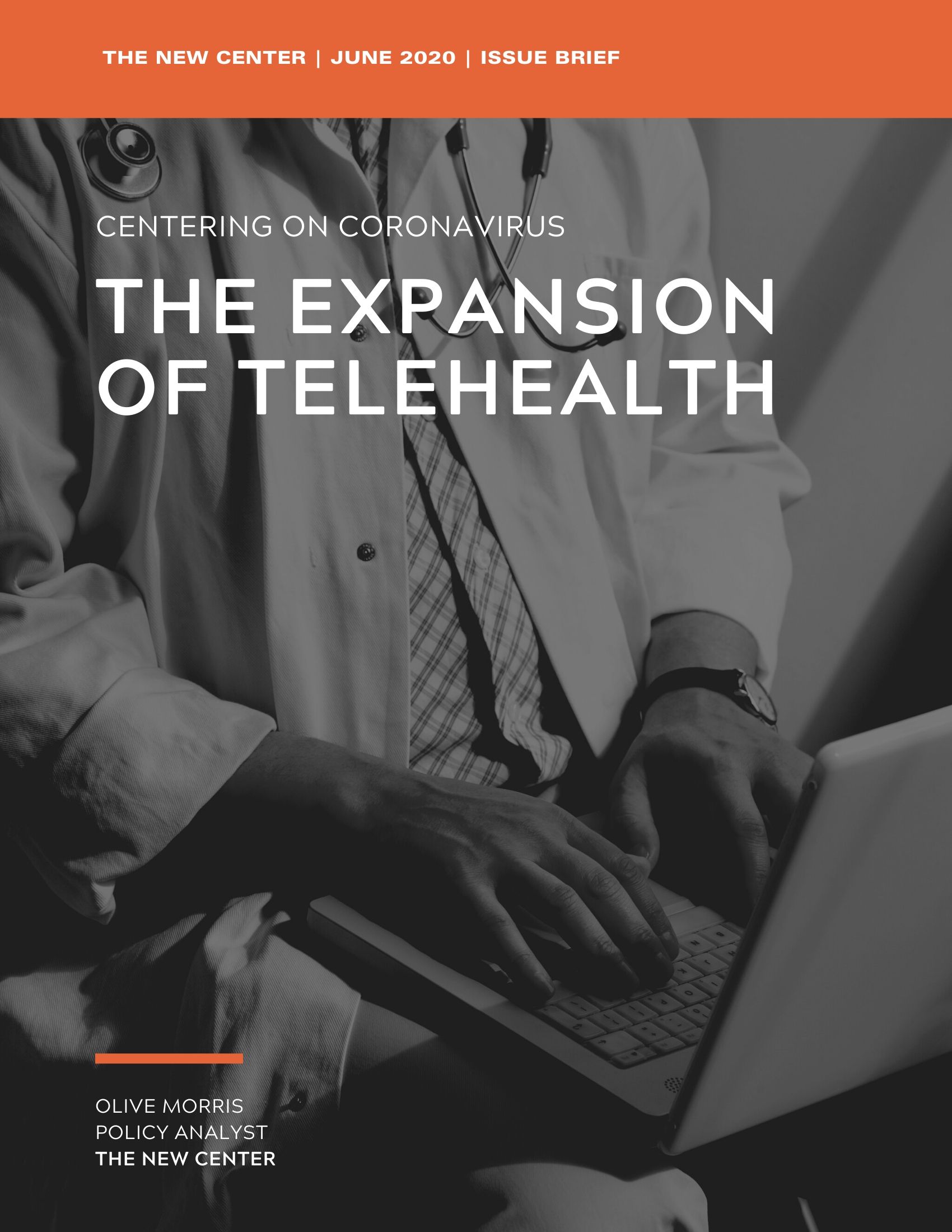Publications
Closing the Doctor Gap
The United States faces a significant provider shortage. While 2020 presidential contenders have already proposed several ideas for expanding health care access, they haven't discussed how the U.S. can ensure it has enough providers to deliver that care.
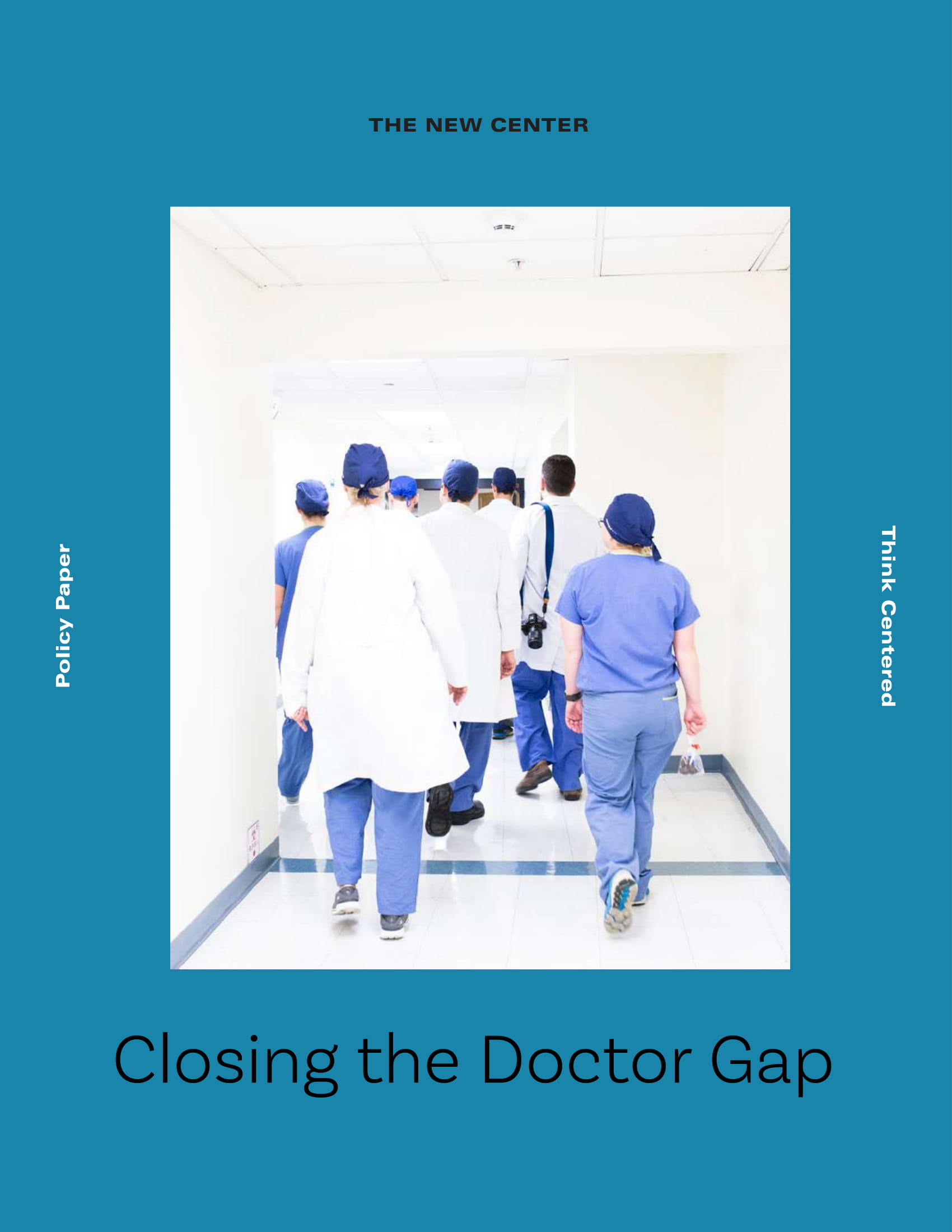
OVERVIEW
Our Solutions In Brief
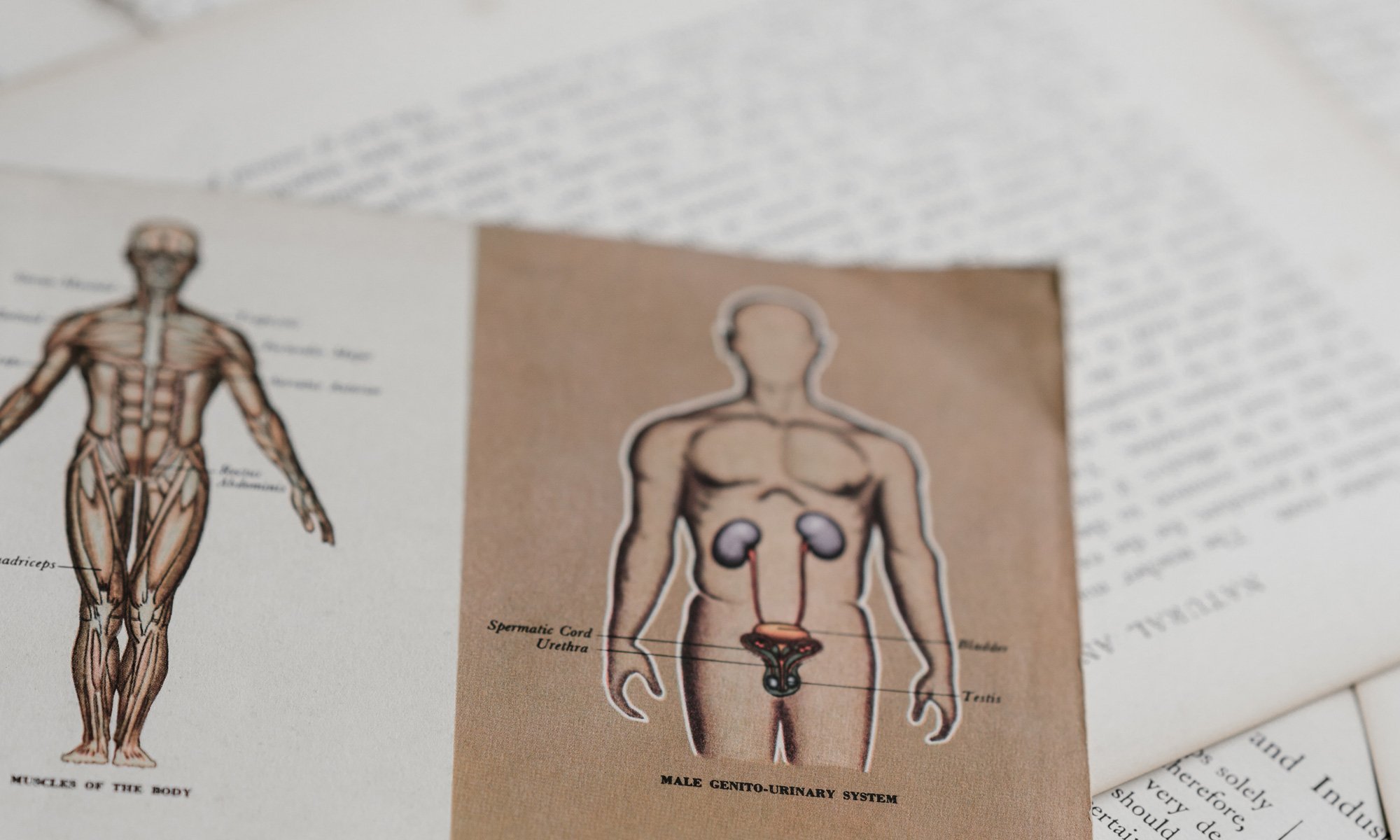
Medical schools should consider eliminating redundant parts of the basic sciences curriculum and condensing the third and fourth years of medical school into one. A shorter medical school could free up resources to expand the number of students while reducing student debt—a major contributor to the primary care gap.

Nurse practitioners, physician assistants, and certified midwives are capable professionals kept from their full practicing potential by occupational red tape. State legislatures should expand the scope of practice of NPs and grant more autonomy to PAs and CMs in the form of prescriptive authority, insurance reimbursement, and hospital privileges.

Federal funding for medical school education can and does effect profound and lasting changes on physician output. If the next president and Congress replicate some of the funding initiatives of the 1960s, such as awarding construction and NIH grants to medical schools, the U.S. can increase its supply of physicians to better meet the demand.

The U.S. is losing excellent foreign physicians to red tape. The ECFMG could mitigate this by ranking top foreign medical institutions by quality, with graduates from these programs able to practice U.S. medicine with few barriers. On the government side, Congress should expand the Conrad 30 J-1 program, which brings qualified foreign physicians to the U.S., and create a temporary visa stream for advanced foreign physicians.

Telemedicine is a promising new development in the medical field. To scale it nationwide, the next president and Congress should direct the Department of Health and Human Services to work with medical professionals, state legislatures, and health insurance companies to develop the political, financial, and medical infrastructure to support it.
Facts At-A-Glance
-
At least 46 million Americans
Live in areas affected by the shortage, and the situation will likely only worsen.
-
 15,000
15,000new primary care providers needed
-
 10,000
10,000new dental workers needed
-
Patients who waited 31 or more days for an appointment
Died more frequently than their peers.
-
 78% of Physicians
78% of Physicianssometimes, often, or always experienced feelings of burnout
-
 46% of Physicians
46% of Physiciansindicated that relations between themselves and hospitals were somewhat or mostly negative

